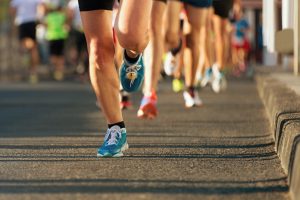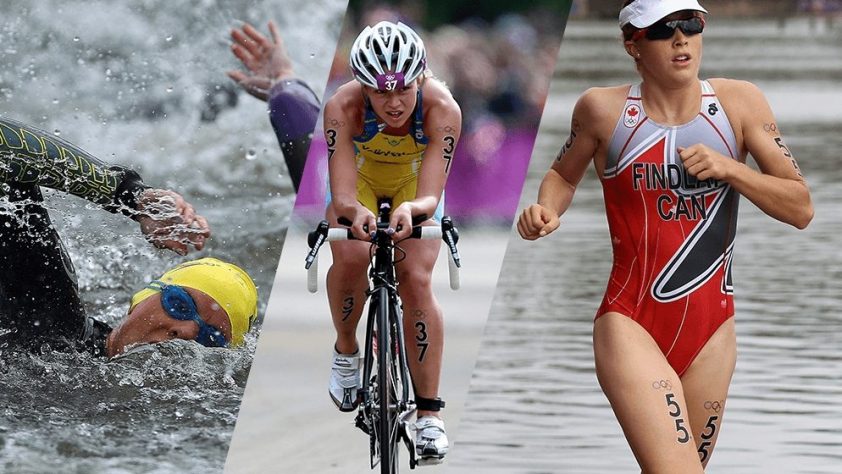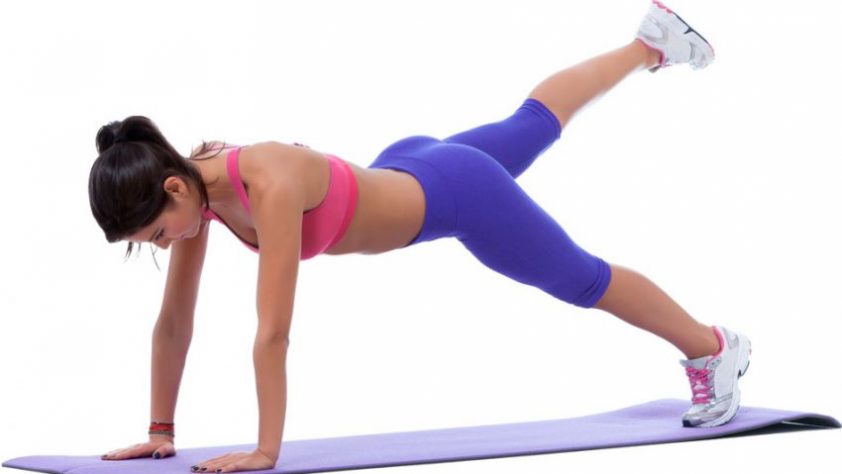Those who did not see the performance of the titled American swimmer Michael Phelps on August 7 in Rio must have heard about it. And you heard not about another medal of the athlete, but about his appearance: Phelps appeared in the pool covered in purple spots the size of tennis balls.
This is how the world talked about the new fashion among elite athletes. The Russians smirked indulgently: this fashion trend turned out to be something most of us knew a long time ago, like cans, which many of us put on when we had a cold. Only a lazy man hasn’t written about the Phelps jars, and some media outlets have proclaimed that the “Olympic moment” in treatment with them has arrived.
The excitement about the cans is a sad sight for scientists, said Timothy Caulfield, a professor at the University of Alberta and a fellow at the Royal Society of Canada and the Canadian Academy of Medical Sciences. In a recent article, he stated that the Olympics “have become an international festival of sports pseudoscience” and that it will take an “Olympic effort” to learn to distinguish evidence-based medicine from nonsense. Speaking with Kate Luno, editor of Motherboard Canada, Caulfield identified five remedies that have become popular among athletes without any scientific basis.
1. Cans (cupping).
While athletes who use cupping claim that it improves blood flow and muscle repair, and the television station Rossiya 24 declared that “the effects of such procedures are largely similar to the effects of meldonium,” as of today, science has no firm evidence of the benefits of such therapy. A review of the available research on this topic showed that cans are “potentially” effective for treating shingles, but research in this area usually has flaws in the methodology, meaning there is not enough material to draw unequivocal conclusions.
2. Kinesiotaping.
Today at almost any professional and amateur competitions one can see athletes wearing multi-colored elastic bands – kinesio tapes. They are believed to protect against injuries of muscles and skeleton, relieve painful sensations, and improve blood flow.
Yet there is no good scientific basis for proving their efficacy, Caulfield says. Existing studies show that the kinesio tape is either no better than a standard patch or standard exercise program, or that it provides only short-term pain relief, in only a portion of cases. Such results have been confirmed over and over again.
3. Cryotherapy and local cooling.
Many professional sports teams have ice baths in their training centers, and when an injury occurs, doctors very often bring a cooling pack to the athlete. Nevertheless, there is very little scientific justification for this practice as well.
Recent studies state that there is simply no clinical evidence that ice on injured areas is beneficial to humans, and some have noted that cooling can even slow recovery from muscle damage. In contrast, Caulfield calls cryotherapy (short-term whole-body cooling) “complete nonsense.” In July of this year, the FDA released a statement calling the technique “a trend that has no evidence, but has risks.”

4. Nose stickers.
Nasal strips to increase the amount of air inhaled have become so popular in sports that they are even available for racehorses. Yet no evidence has been found that they improve breathing, maximum oxygen consumption (VO2 max), or direct athletic performance.
5. Intravenous Hydration.
The popularity of this therapy is based on the idea that getting fluids intravenously is more effective than drinking them. This claim lacks a scientific basis, although it does allow clinics providing the service to charge $115 to $150 per serving of fluids. Many physicians argue that the best way to hydrate is good old-fashioned drinking, and the World Anti-Doping Agency has banned athletes from giving intravenous infusions to rehydrate unless medically indicated.
A lot of what the world’s best athletes use shouldn’t really make them the best. So why do athletes themselves believe that cans, nose strips, acupuncture, and other methods get them results? As Caulfield suggests, it’s the placebo effect. When the difference between a medal and a loss is expressed in hundredths of a second, it can mean a lot, and no matter what the champion thinks helped him – “lucky” socks, a “lucky” dream or pseudoscience.



